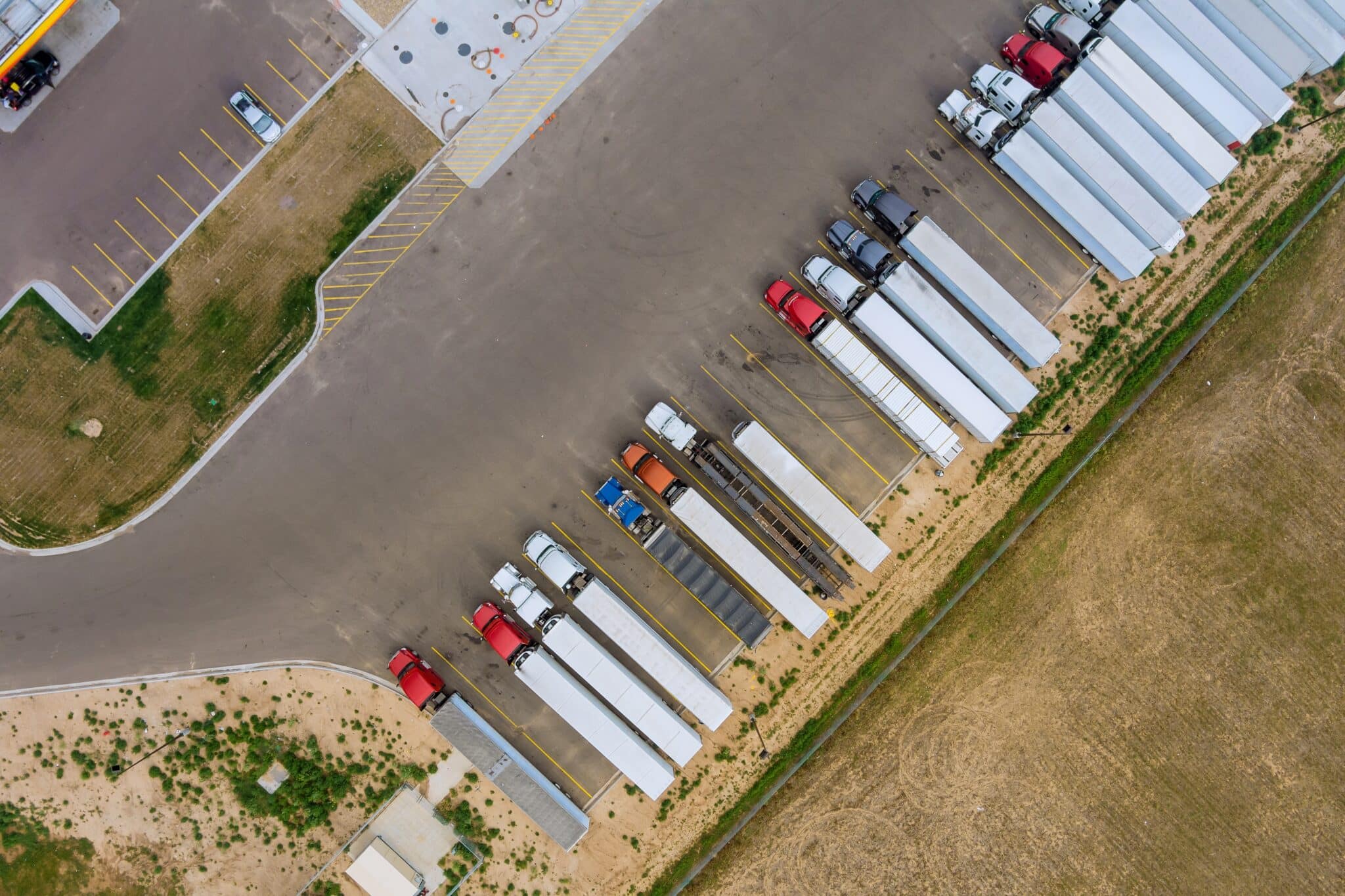On June 27, 2023, the Federal Motor Carrier Safety Administration (FMCSA) issued guidance outlining the National Drug and Alcohol Clearinghouse (Clearinghouse) return-to-duty process for commercial motor vehicle (CMV) drivers.
This guidance comes from the final rule published on Oct. 7, 2021, which requires state driver’s licensing agencies (SDLAs) to access and use information from the Clearinghouse before issuing commercial driver’s licenses (CDLs) or commercial learner’s permits (CLPs). The effective date of the final rule was Nov. 8, 2021; however, the compliance date for the final rule is Nov. 18, 2024. This guidance was published to help complete the return-to-duty process.
Final Rule Overview
Before the final rule was enacted, SDLAs did not receive drug and alcohol program violation information about CDL or CLP holders licensed in their respective states. As a result, many CDL and CLP holders continued to operate CMVs despite having driving prohibitions on their records.
The final rule requires SDLAs to refrain from issuing, renewing, upgrading or transferring a CDL or CLP for any individual prohibited under FMCSA’s regulations from performing safety-sensitive functions, including driving a CMV, due to one or more drug and alcohol program violations. In addition, it removes the CLP or CDL privileges from the driver’s license of an individual subject to CMV driving prohibitions. This would result in a downgrade of the license until the driver complies with return-to-duty requirements.
Beginning Nov. 18, 2024, as part of new federal regulations, drivers with a “prohibited” status in FMCSA’s Clearinghouse will be denied or lose their state-issued commercial driving privileges.
Guidance Overview
The guidance provides employers with instructions on how to complete the return-to-duty process. A CMV driver must first select a substance abuse professional (SAP). Employers are required to provide CMV drivers with a list of SAPs who are deemed qualified by the U.S. Department of Transportation (DOT). The CMV driver should then select an SAP based on their research. Once an SAP has been designated, the SAP will evaluate the CMV driver and provide recommendations for education and/or treatment. The designated SAP will determine whether the CMV driver has completed the education and/or treatment, making them eligible for their return-to-duty test.
When the CMV driver is ready to take the return-to-duty test, their employer must send them for the test. Only DOT-regulated employers (not employees) can request the return-to-duty test. If the CMV driver is an owner-operator, the owner-operator’s chosen designated consortium/third-party administrator (C/TPA) must send them for this test. Once their Clearinghouse status is “not prohibited,” the CMV driver can resume performing safety-sensitive functions.
For a CMV driver to remain in a “not prohibited” status, employers must complete the follow-up testing plan with the CMV driver as specified by the SAP. This must include a minimum of six unannounced follow-up tests in the first 12 months of returning to performing safety-sensitive functions. If the CMV driver is an owner-operator, their designated C/TPA must complete their follow-up testing plan. Information about the CMV driver’s drug and alcohol program violation is retained in the Clearinghouse for five years from the date of the violation determination or until the successful completion of the follow-up testing plan (whichever is later).
Employer Next Steps
Employers should review the final rule and guidance to understand their role in the return-to-duty process. To comply with federal regulations, employers should update their related policies and procedures and implement them by Nov. 18, 2024. For more information or for trucking-specific risk solutions, contact us via the form below today. And be sure to follow us on LinkedIn and like us on Facebook for more industry-specific news and guidance!
Related Links:

